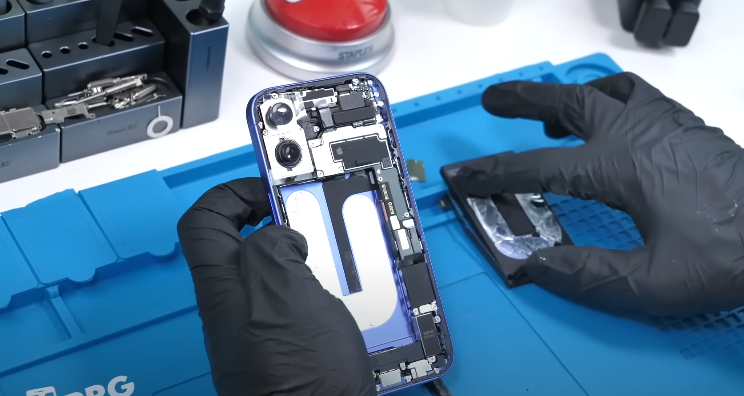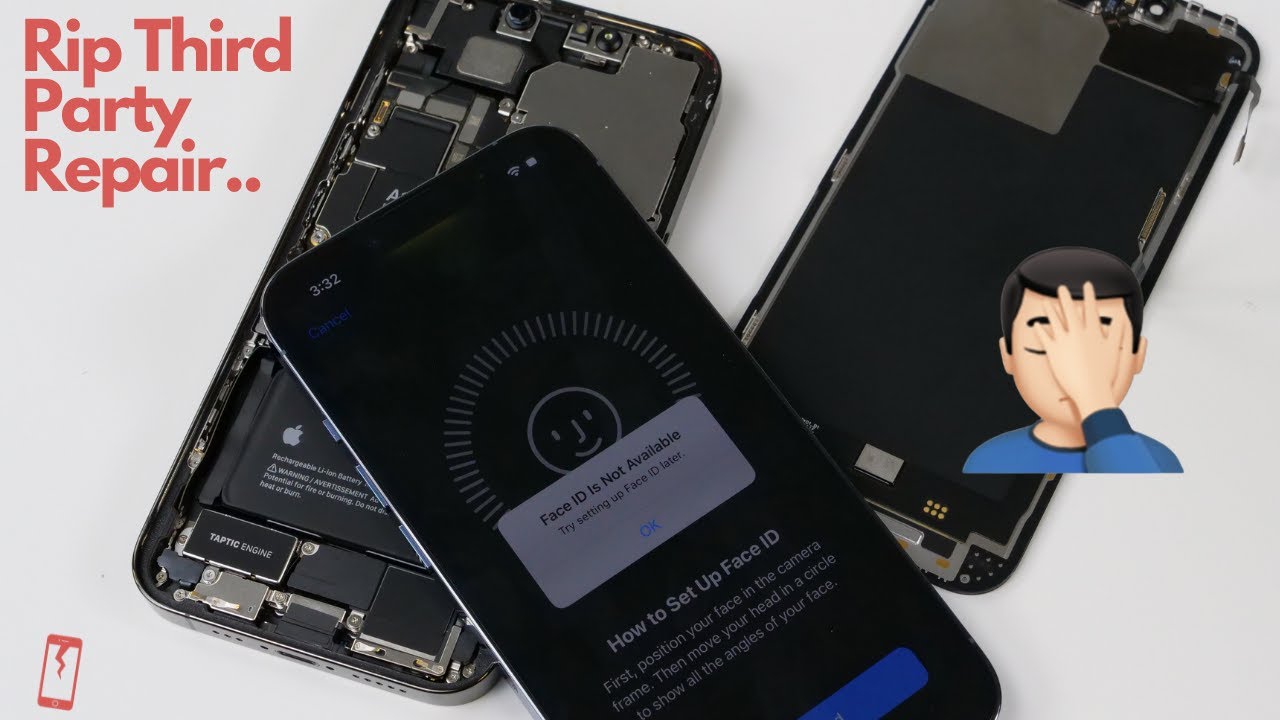Apple has officially launched the iPhone 16, introducing incremental external updates while boasting significant internal advancements. From the newly designed camera control button to a restructured internal architecture, this phone embodies Apple’s commitment to innovation. Let’s dive into the highlights, examine the repairability improvements with iOS 18, and uncover the details of its inner workings.
Redesigned Camera Features: Spatial Video and Control Button
The iPhone 16 takes its camera game to the next level, targeting spatial video capabilities for Apple Vision Pro. The standout feature is the camera control button, designed from sapphire glass for durability. Early tests suggest it resists scratches effectively, maintaining its sleek look even under pressure.

This button allows users more precision in capturing photos and videos, a move Apple claims enhances user experience. However, teardown investigations reveal that this feature is serialized, meaning it is uniquely tied to each phone’s housing. This serialization could pose challenges for repairability and customization.
iOS 18: Easier Part Calibration but with Caveats
Apple has introduced slight improvements to part calibration with iOS 18. Original parts, if obtained from devices without activation locks, can now be calibrated more easily. However, the serialized nature of components like the camera control button and others means third-party repair options remain limited. For users and technicians, this represents a mixed bag of enhanced usability but restricted repair freedom.
Teardown and Internal Redesign
While the iPhone 16’s exterior resembles its predecessor, the internal layout tells a different story:
Opening the iPhone 16
The phone now opens from the back, a significant change introduced with the iPhone 15 series. Apple continues to use strong adhesive, making the opening process challenging and requiring precise tools like heat guns and suction cups.
Battery and Adhesive Innovations
Apple’s new battery removal process utilizes electrically induced adhesive. This unique adhesive system requires a 9-volt battery to release the bond, simplifying removal but adding complexity for untrained users. Beneath the battery lies a heat sink to aid thermal management, another testament to Apple’s focus on performance efficiency.

Hardware Improvements
Optimized Logic Board
The motherboard features a centralized chip placement surrounded by improved architecture. This redesign enhances heat dissipation and power management, supporting the new A18 chip.
Camera Layout for Spatial Video
The rear camera array has been restructured for spatial video compatibility, aligning with the Apple Vision Pro’s immersive technology. The redesigned taptic engine and larger battery also contribute to the phone’s advanced functionality.
Repairability: Progress or Restriction?
The iPhone 16’s repairability is a contentious topic. Serialized components, including the camera control button, back glass, and enclosure, add hurdles for independent repair. Even though iOS 18 introduces a “Parts and Service History” menu for transparency, swapping components from another phone often results in glitches or functionality loss unless calibrated by Apple.

Charging and Accessories
The iPhone 16 supports 25-watt wireless charging, a modest improvement over its predecessor. Apple’s continued use of USB-C is accompanied by a slew of third-party accessories like UGreen’s Uno Chargers, capable of 100-watt charging in a compact design.
